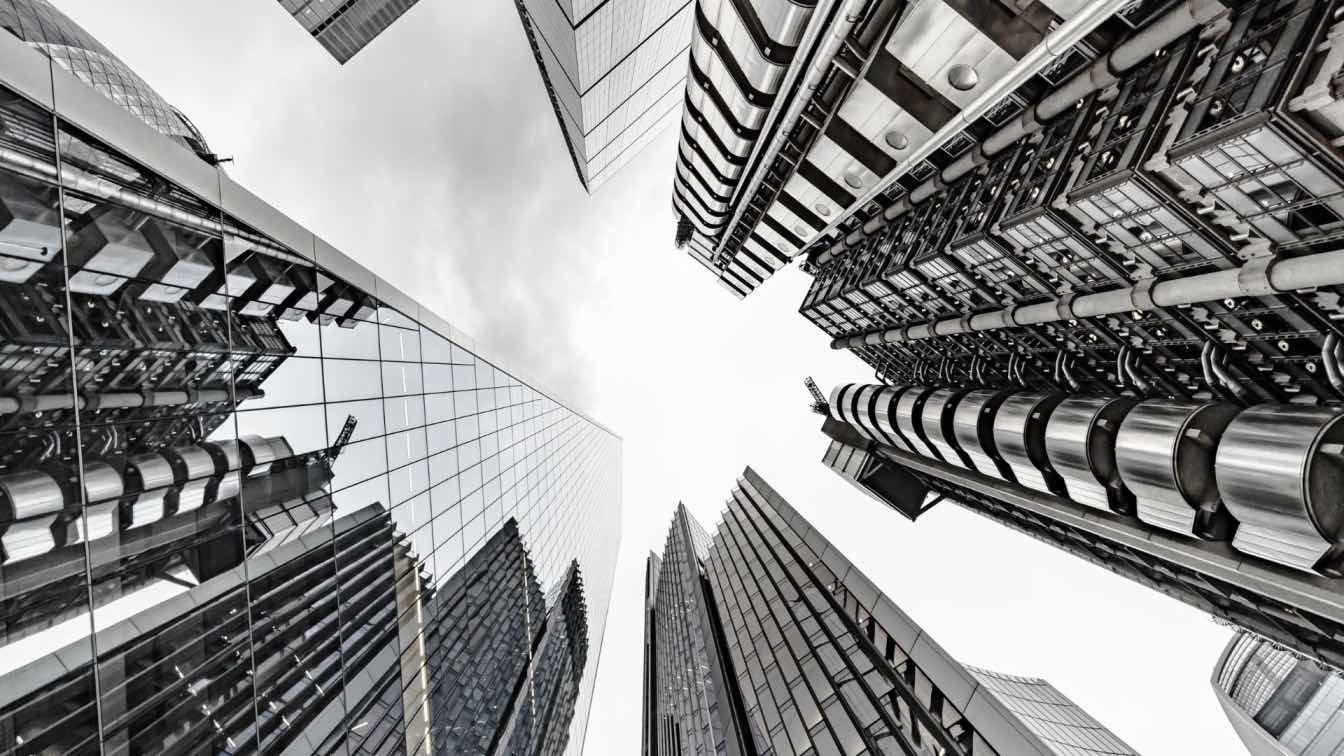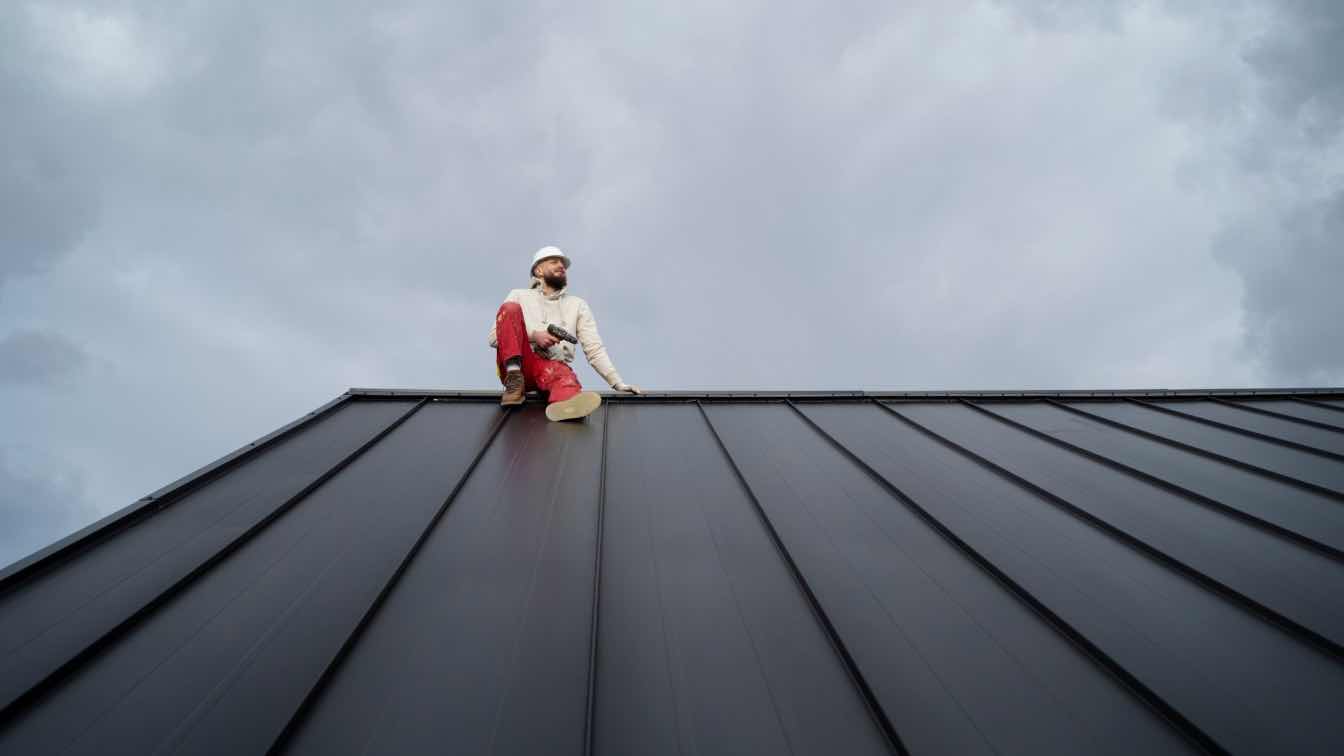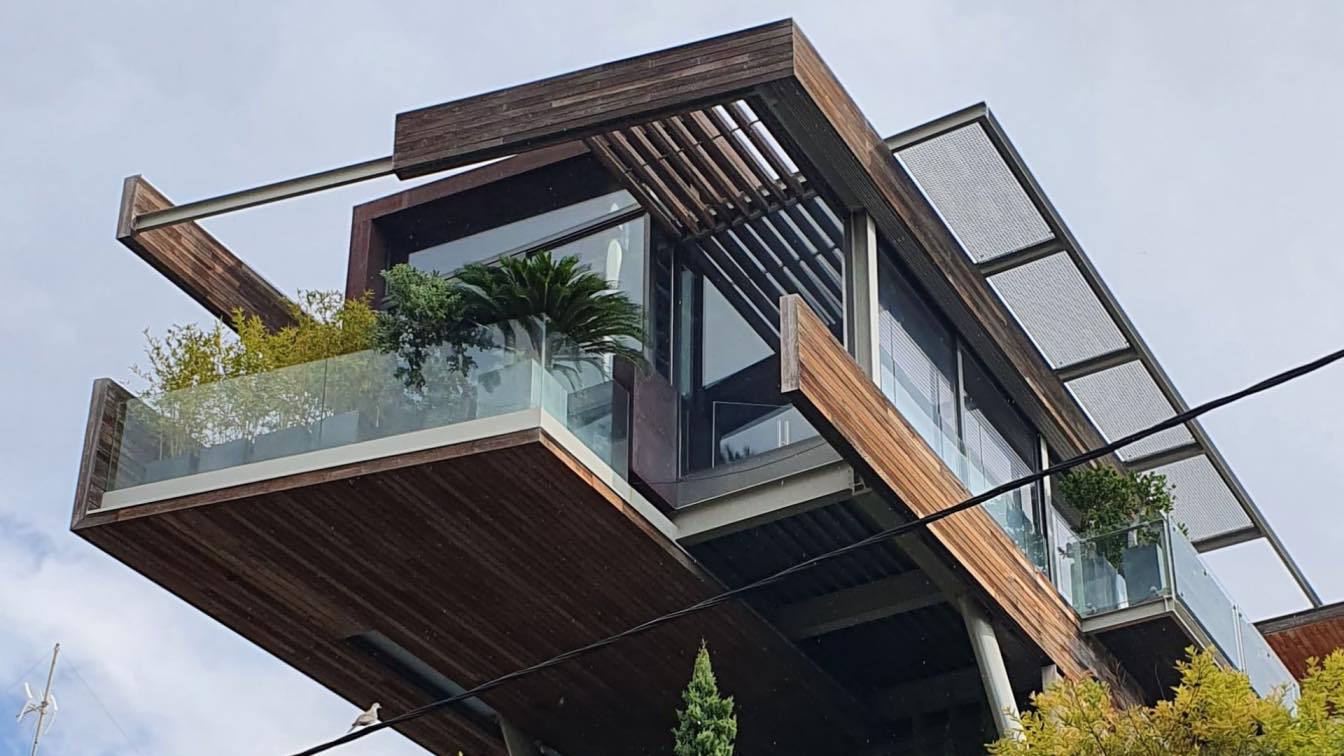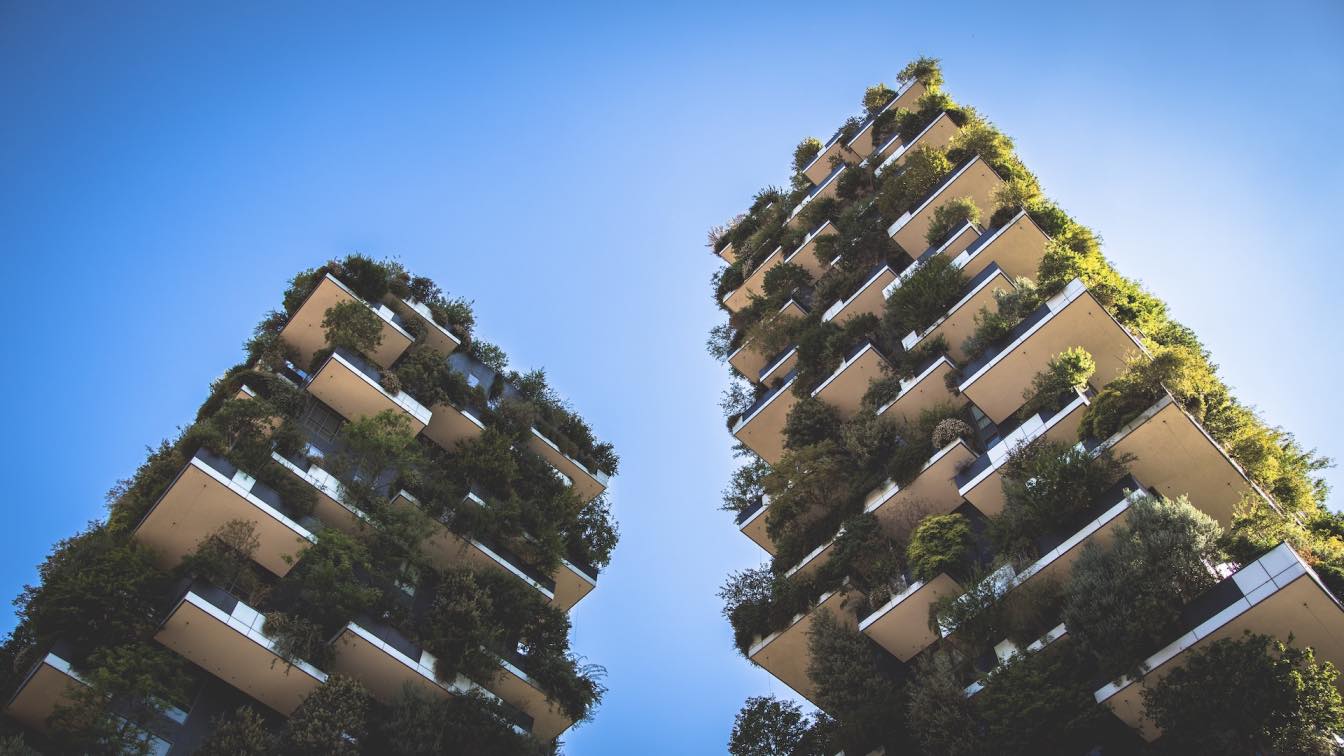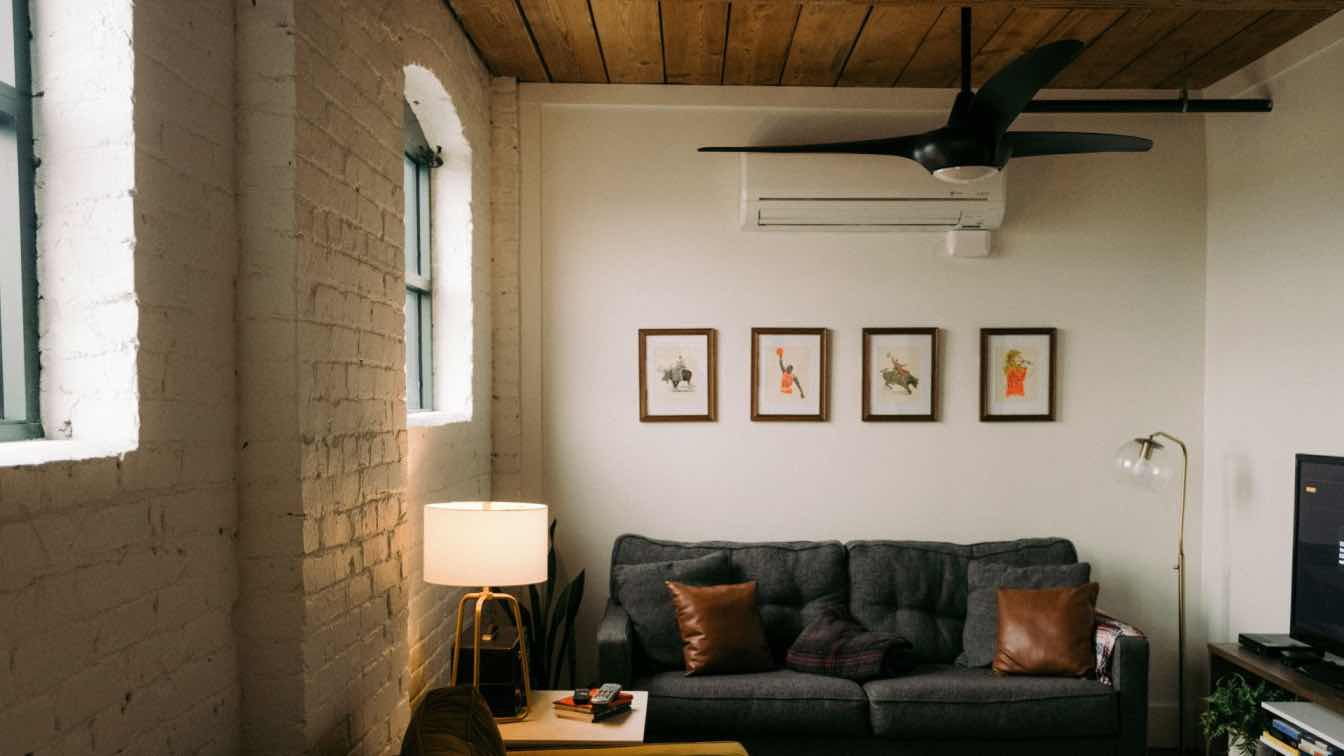Architecture no longer asks to be admired from afar. It demands participation. It spills past blueprints and zoning into daily negotiation—between space and structure, user and system, permanence and the rapidly temporary. Design, once ruled by ideals of symmetry or scale, now acts like a living argument: staged, unstable, and constantly revised.
To speak of architecture today is not merely to speak of buildings, but of tensions—urban vs. rural, silence vs. saturation, utility vs. symbol. What we build reflects less what we want and more what we’re trying to escape.
Site-Specific Narratives: Designing Against Generalization
Designs that begin with function often die by irrelevance. They solve problems that didn’t exist or miss the texture of local need. The most resonant architectural projects of the last decade have abandoned one-size-fits-all approaches. They respond not only to topography or budget, but to mood—to historical layers, seasonal noise, light that behaves badly.
A building in southern Quebec with winter wind in mind will not simply “face south.” It will crouch, fold, redirect pressure. A home on the Pacific coast might not dominate the cliff edge—it may disappear into it. This is not eco-fetishism; it’s survival instinct rendered as structure.
Design is no longer about answering questions. It is about listening longer before answering at all.
Brutalism’s Ghost And The Post-Minimalist Turn
Brutalism, long dismissed as heavy-handed and joyless, has been recast not as failure, but as warning. Its exposed systems and stark masses now read like manifestos. In contrast, the current design shift isn’t just lighter—it’s softer, but without apology.
Materials once considered industrial—aluminum, mesh, pre-treated plywood—are being layered into residential design, not for cost-saving, but to blur divisions between permanent and temporary. Rooflines get lower. Interiors become passage-like. Façades no longer try to impress—they try to breathe.
Fragility As A Feature
Contemporary design often celebrates what once counted as flaws: weathering, corrosion, discoloration. These are not imperfections to be corrected. They are stories. A wall that stains where the rain always hits tells you where the storm lives. A courtyard with a cracked tile pattern reveals the foot traffic of an invisible community.
To resist maintenance, some structures now flirt with decay. That’s not neglect—it’s part of the visual rhythm.
Interruption As Technique
The new generation of architects is less obsessed with seamlessness. Instead, they’re using interruption—cuts, gaps, exposed joins—to foreground process. Where 20th-century design sought flow, 21st-century design often seeks friction. That moment when a steel beam refuses to align with concrete? It becomes the room’s focal point. That misalignment doesn’t betray the plan—it redefines it.
Interiors That Argue Back
Furniture is no longer matched; it’s choreographed. Lighting isn’t central—it’s fragmented, responsive, often inconsistent. Designers are now treating interiors like stages, and the inhabitants like co-directors. The result is more conversation than conclusion.
Betting On Structures That Shift
Predictability is no longer the standard. What matters is adaptability—spaces that shift not just with use, but with feeling. Fold-down walls. Multi-purpose corners. Transitional spaces that aren’t rooms but zones.
This parallels shifts in entirely different fields. Take, for instance, the world of pre-match betting options, which now offers flexibility once thought too chaotic to organize. Just as the gambler calibrates risk against real-time variables, the designer calibrates form against evolving need. The logic of conditional choice—of structure as forecast—moves between sectors with ease.
Beyond Sustainability: The Ethics Of Withdrawal
The most thoughtful design today is not about sustainability in the greenwashed sense. It’s about subtraction. What can we leave unbuilt? What can we delay, let evolve, or give back? The most ethical gesture may no longer be the greenest one—but the quietest.
Some structures are designed to vanish: installations made of biodegradable panels; pavilions that self-degrade; community shelters that are disassembled when no longer needed. These are not failures of permanence. They are victories of timing.
In many design studios, “legacy” is no longer the aim. Ephemerality is not weakness—it is precision.
Future Scenes, Present Materials
Where architecture once dreamed decades ahead, it now operates in overlapping layers of past repair and near-future adjustment. Architects are asked not for utopias, but for usability—now, soon, again. It is not enough to project ambition. You must prototype rhythm.
And so we see:
- Roofs that harvest rain and house birds
- Walls that double as seating or solar membranes
- Sidewalks that shift color with temperature or pH levels
These are not gimmicks. They are signals: that architecture is no longer backdrop, but actor.
Closing The Door Lightly
To build in 2025 is not to declare. It is to suggest, respond, retreat. Walls do not shout. They wait. Roofs do not protect—they negotiate.
And in that uncertainty lies a new kind of trust: not in the strength of form, but in the awareness of what surrounds it. Not in domination of the environment, but in its reading. Design, at its best, does not show power. It shares it.

